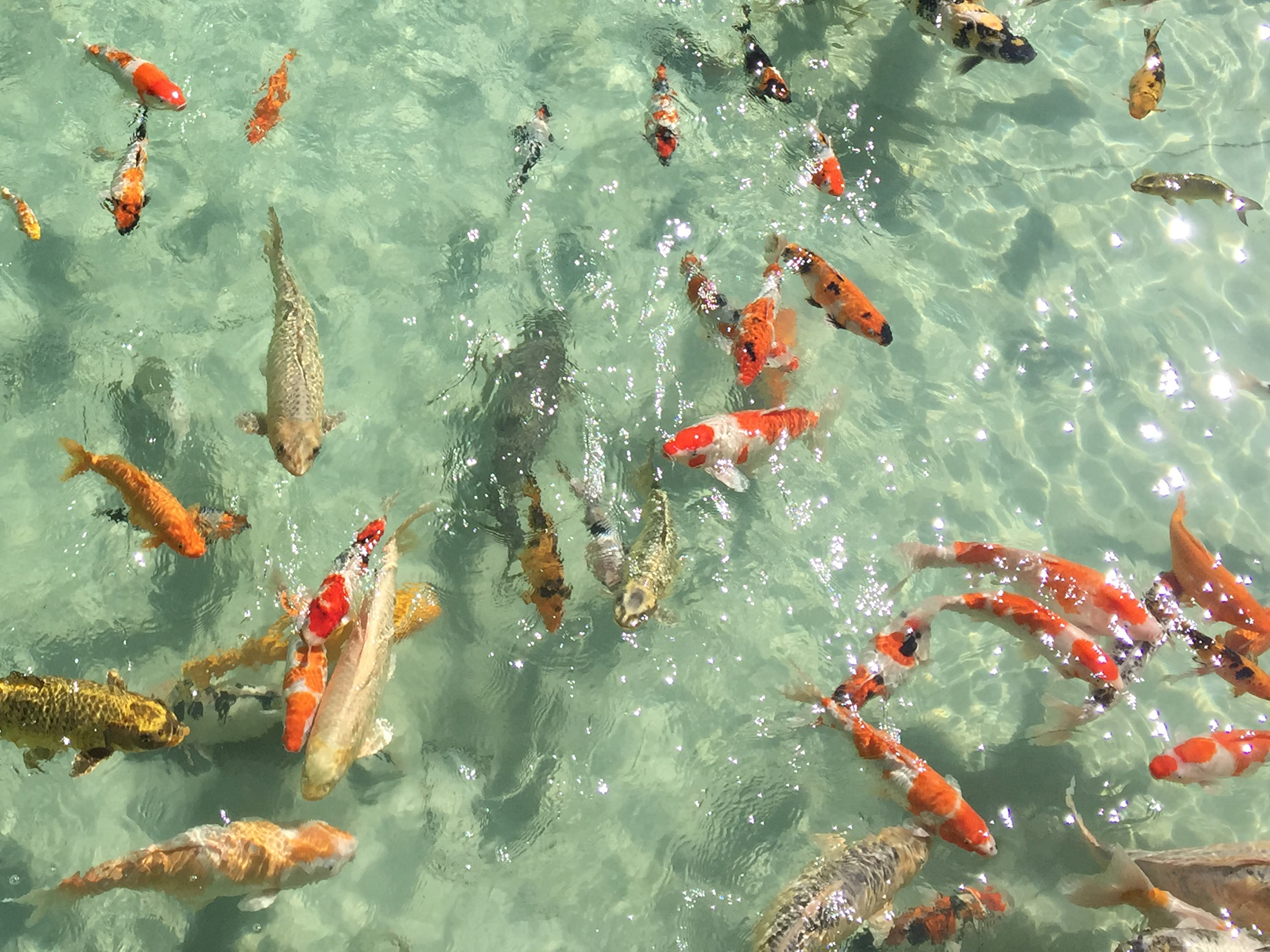|
Archerfish
The archerfish (also known as spinner fish or archer fish) or Toxotidae are a monotypic family (although some include a second genus) of perciform tropical fish known for their unique predation technique of "shooting down" land-based insects and other small prey with jets of water spit from their specialized mouths. The family is small, consisting of ten species in a single genus, ''Toxotes''. Most archerfish live in freshwater streams, ponds and wetlands, but two or three species are euryhaline, inhabiting both fresh and brackish water habitats such as estuaries and mangroves. They can be found from India, Bangladesh and Sri Lanka, through Southeast Asia, to Melanesia and Northern Australia. Archerfish have deep and laterally compressed bodies, with the dorsal fin and the profile a straight line from dorsal fin to mouth. The mouth is protractile, and the lower jaw juts out. Sizes are fairly small, typically up to about , but ''T. chatareus'' can reach . Archerfish are popul ... [...More Info...] [...Related Items...] OR: [Wikipedia] [Google] [Baidu] |
Toxotes Jaculatrix
The banded archerfish (''Toxotes jaculatrix'') is a brackish water perciform fish of the archerfish genus '' Toxotes''. It is silvery in colour and has a dorsal fin towards the posterior end. It has distinctive, semi-triangular markings along its sides. It is best known for its ability to spit a jet of water to "shoot down" prey. Larger specimens may be able to hit prey away. The banded archerfish may reach the displaced prey within 50 milliseconds of its hitting the water. The name (binomial as well as common) refers to Sagittarius the archer, because of the unusual method banded archerfish use to capture prey. Banded archerfish are found in Indo-Pacific and Oceanian waters, generally in river mouths and mangrove estuaries. They move between fresh, salt, and brackish water over the course of their lifetime, though not to breed. Because of their markings and silvery colour, banded archerfish are sometimes kept as aquarium fish, though they are difficult to care for and not re ... [...More Info...] [...Related Items...] OR: [Wikipedia] [Google] [Baidu] |
Perciform
Perciformes (), also called the Acanthopteri, is an order or superorder of ray-finned fish in the clade Percomorpha. ''Perciformes'' means "perch-like". Among the well-known members of this group are perches and darters (Percidae), and also sea basses and groupers (Serranidae). This order contains many familiar freshwater temperate and tropical marine fish groups, but also extremophiles that have successfully colonized both the North and South Poles, as well as the deepest depths of the ocean. Taxonomy Formerly, this group was thought to be even more diverse than it is thought to be now, containing about 41% of all bony fish (about 10,000 species) and about 160 families, which is the most of any order within the vertebrates. However, many of these other families have since been reclassified within their own orders within the clade Percomorpha, significantly reducing the size of the group. In contrast to this splitting, other groups formerly considered distinct, such as the Sco ... [...More Info...] [...Related Items...] OR: [Wikipedia] [Google] [Baidu] |
Brackish Water
Brackish water, sometimes termed brack water, is water occurring in a natural environment that has more salinity than freshwater, but not as much as seawater. It may result from mixing seawater (salt water) and fresh water together, as in estuary, estuaries, or it may occur in brackish Fossil water, fossil aquifers. The word comes from the Middle Dutch root '':wikt:brak#Dutch, brak''. Certain human activities can produce brackish water, in particular civil engineering projects such as dikes and the flooding of coastal marshland to produce brackish water pools for freshwater prawn farming. Brackish water is also the primary waste product of the Osmotic power, salinity gradient power process. Because brackish water is hostile to the growth of most terrestrial plant species, without appropriate management it can be damaging to the environment (see article on shrimp farming, shrimp farms). Technically, brackish water contains between 0.5 and 30 grams of salt per litre—more ofte ... [...More Info...] [...Related Items...] OR: [Wikipedia] [Google] [Baidu] |
Predatory Fish
Predatory fish are hypercarnivorous fish that actively prey upon other fish or aquatic animals, with examples including shark, billfish, barracuda, alligator gar, tuna, dolphinfish, walleye, perch and salmon. Some omnivorous fish, such as the red-bellied piranha, can occasionally also be predatory, although they are not strictly regarded as obligately predatory fish. Populations of large predatory fish in the global oceans were estimated to be about 10% of their pre-industrial levels by 2003, and they are most at risk of extinction; there was a disproportionate level of large predatory fish extinctions during the Cretaceous–Paleogene extinction event 66 million years ago. Creation of marine reserves has been found to restore populations of large predatory fish such as the ''Serranidae'' — groupers and sea bass. Predatory fish switch between types of prey in response to variations in their abundance. Such changes in preference are disproportionate and are selec ... [...More Info...] [...Related Items...] OR: [Wikipedia] [Google] [Baidu] |
Fishkeeper
Fishkeeping is a popular hobby, practiced by aquarists, concerned with keeping fish in a home aquarium or garden pond. It is a practice that encompasses the art of maintaining one's own aquatic ecosystem, featuring a lot of variety with various water systems, all of which have their own unique features and requirements. Fishkeeping primarily serves as a token of appreciation and fascination for marine life and the environment that surrounds such, along with other purposes such as the piscicultural fishkeeping industry, serving as a branch of agriculture, being one of the most widespread methods of cultivating fish for commercial profit. Origins of fishkeeping Fish have been raised as food in pools and ponds for thousands of years. Brightly colored or tame specimens of fish in these pools have sometimes been valued as pets rather than food. Many cultures, ancient and modern, have kept fish for both functional and decorative purposes. Ancient Sumerians kept wild-caught fish in ... [...More Info...] [...Related Items...] OR: [Wikipedia] [Google] [Baidu] |



